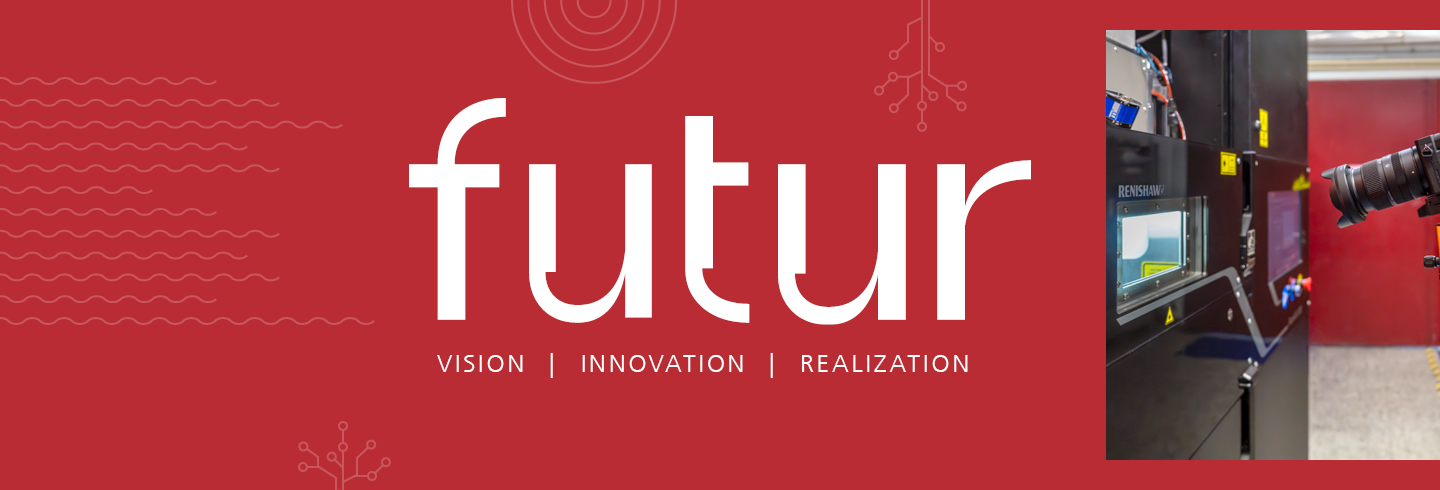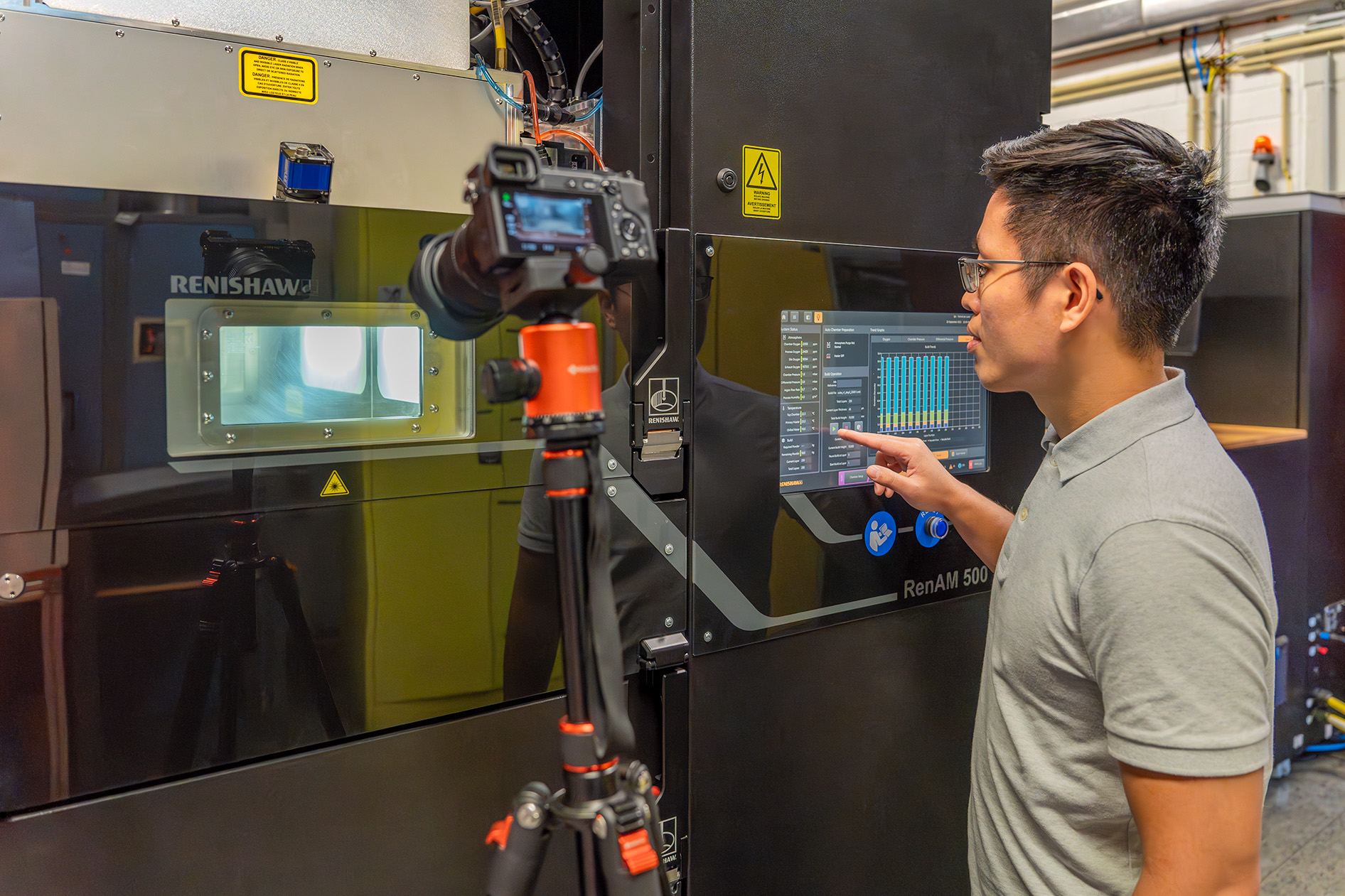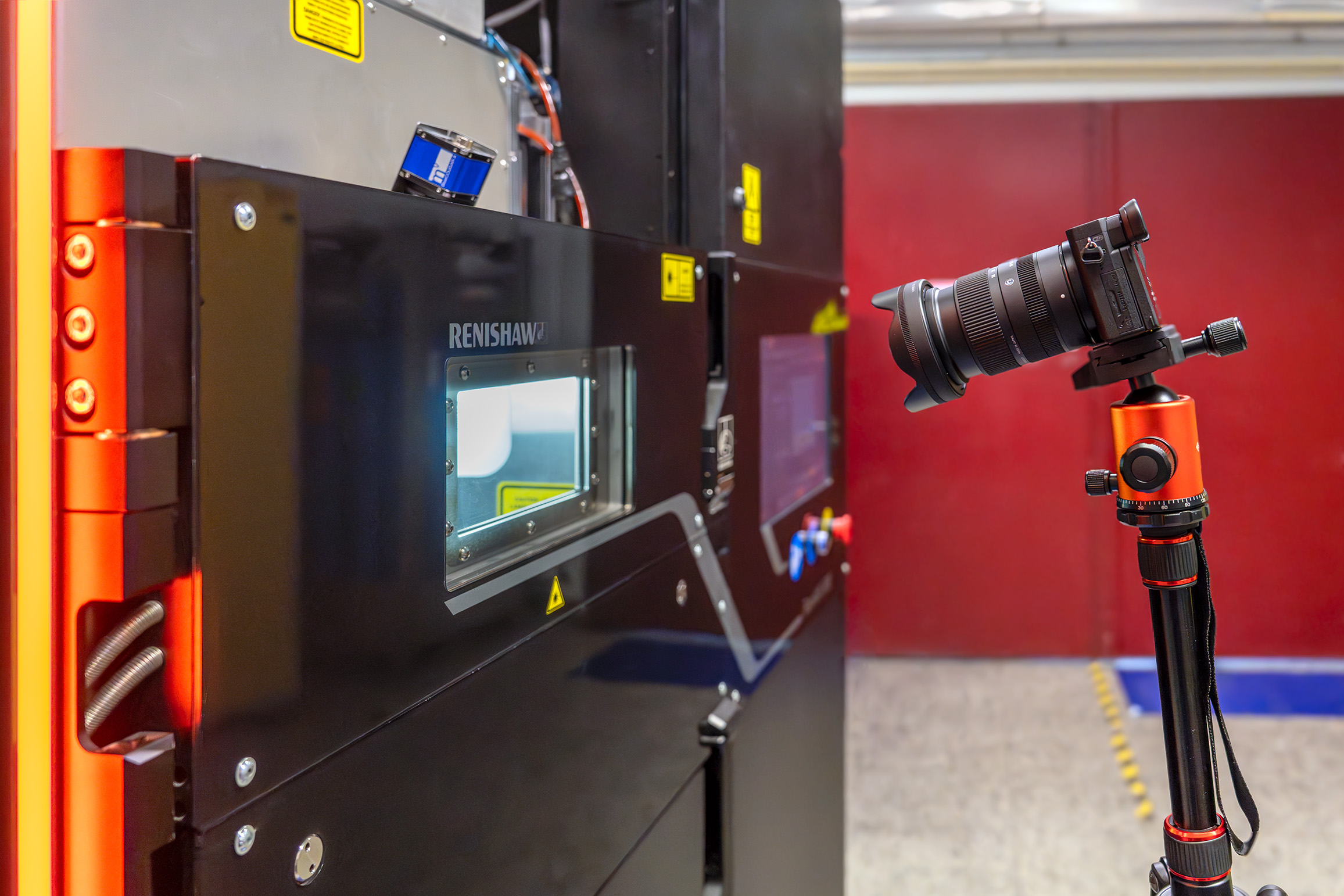Spotlight on Data Selection
When there is unusually heavy smoke in the workspace, something is likely wrong with the process. This sounds simple and logical. However, when such statements about process quality need to be made within the framework of automated monitoring, the question arises: Which data is suitable to appropriately quantify process quality? How do you differentiate between »normal,« »acceptable,« and »not tolerable«?
Process data has become a valuable asset in the world of production. Those who can interpret it correctly gain deeper insights into processes and can make more informed decisions. Despite the enormous potential, the use of process data is still in its infancy because effectively capturing, analyzing, and interpreting data remains a challenge. For the implementation of data-driven strategies, finding the right balance between benefits and the invested effort is a key to success.
A current research project at Fraunhofer IPK is focused on evaluating process quality in powder bed-based laser beam melting, known as PBF-LB/M. Process deviations such as variations in energy input are to be detected through sensors, whereby the selection of suitable initial data is already a central task.
A Clear Goal in Mind
When data is expected to provide value for analyses, forecasts, optimizations, or other business goals, every activity in the smart data area should start with the question: What exactly do I want to achieve? And which data will help me reach this goal? This step may seem trivial, but too often, smart data activities fail because the data foundation is chosen to be too extensive. A focused selection not only reduces the amount of data to be managed and processed but also facilitates compliance with data protection regulations. Companies can concentrate on the quality of the data captured to make informed decisions without being overwhelmed by unimportant or redundant information.
Therefore, it is essential to describe the use case precisely at the beginning and identify only the necessary information in this particular case. In the mentioned project, process quality is to be assessed based on the welding fumes generated during PBF-LB/M. Various approaches are available for smoke detection, including optical detectors, laser smoke detectors, thermal methods with heat sensors, or chemical detection.
What Can the System Provide by Default?
An increasing number of equipment manufacturers have started adding extensive sensors and monitoring systems to their machines’ factory settings. Hence, the initial considerations should always focus on the machine’s equipment: What process data does the manufacturing machine provide by default? Information can be obtained from built-in sensors, control systems, machine performance data, or process parameters and settings. However, only the data sources relevant to the use case should be considered.
The manufacturing machine that the Fraunhofer IPK scientists used in the project, for example, has an integrated monitoring system for recording process emissions in various wavelength ranges using photodiodes. The intention of the equipment manufacturer behind this system is to analyze emissions occurring in the melt pool. However, the information can also be used to identify radiation emitted by the welding fumes. This system serves as the first data source for describing welding fume behavior.
Sensible Additions
No further information could be obtained from the machine or existing peripherals. Therefore, additional sensors are required to support the analysis. Appropriate solutions must always be chosen specific to the facility, should not influence the manufacturing process, and should be cost-effective to operate. In PBF-LB/M manufacturing, accessibility is a challenge, as measurement devices cannot be placed directly in the build chamber. Systems positioned outside the facility provide a solution.
For a visual analysis of welding fumes, no specialized technology is required today. Advancements in camera technology and image processing now enable standard cameras to serve as sensors. Digital cameras can be placed outside the facility, in front of the viewing window, and effectively capture visible welding fumes.
In addition to capturing process emissions with photodiodes, a light barrier based on photodiodes is integrated into the system. The measurement system is installed in the exhaust duct of the facility. If smoke particles pass through the light barrier, a drop in intensity can be assumed.
In total, there are three different data sources on which the behavior of the process can be characterized based on the welding fumes: radiation measurement, camera, and light barrier. The smart use of these process data measurements as a monitoring system leads to a significant improvement in the manufacturing process. Similar solutions are conceivable for any other manufacturing process, starting with a clear definition of the use case.
 Fraunhofer Institute for Production Systems and Design Technology
Fraunhofer Institute for Production Systems and Design Technology

